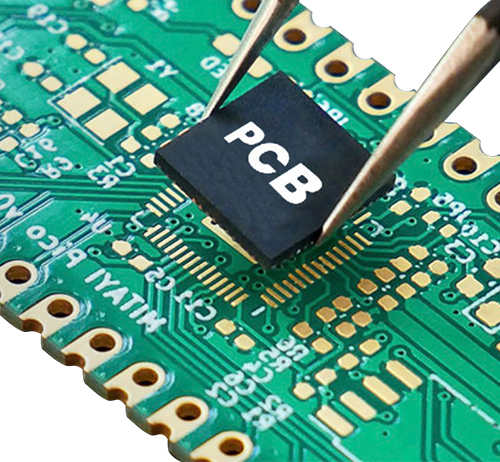Time:2022-08-05 Visit:
The above are common assemblies of PCBAs in servers. Some PCBA parts are assembled after functional testing, so I will not explain them one by one here. After functional testing, there are visual inspection, packaging and sampling procedures. If there is no problem, the product will be in stock and shipped. This concludes the sharing of the entire PCBA production process and common problems.
An electric screwdriver (electric screwdriver) is required to assemble the screws. Different screw heads correspond to different electric drill bits, and the torque may also be different. The Phillips screw is shown in Figure 6. The electric screwdriver needs to calibrate the torque before use, which is consistent with the screw manufacturer's recommendation. Electric batches with the same torque can be replaced with different electric drill bits to complete the assembly of different screws. The operation method of the electric screwdriver is straight down. A tilted electric mixer may cause the screws to slip and not fully lock into the screw holes. The screws may float high and may hit components around the screw holes.
The PCBA factory can make a fixture for the station used by the electric batch to protect the PCBA, and only expose the screw hole position to prevent the electric batch from hitting the PCB copper foil or peripheral components.

There are several types of heat sinks, such as the finned heat sink shown in Figure 5. Some radiators have a layer of transparent plastic in the incoming material, which needs to be torn off before assembly, otherwise a layer of plastic is separated between the components and the radiator, which affects the conduction and release of heat. After assembling the heatsink, make sure that the heatsink is flat on the body such as the BGA, and that the heatsink clips or shrapnel are open to lock the PCB or hook. Some radiators are directional, and the wrong installation direction of such a radiator will affect the release of heat, which may lead to abnormal product temperature tests or damage to components. To avoid such assembly errors, design engineers can be asked to change materials during the pre-production phase. In addition, industrial engineers can also design some pressure rod-shaped clamps to assist the installation of the radiator to reduce the difficulty of operation.
The plastic combs we use in our lives are prone to static electricity, especially when the winter is very dry, the hair will fly. When we have static electricity on our body and just touch the metal doorknob, our hands will feel electric shock. Similarly, static electricity will also cause great damage to static-sensitive devices such as ICs on PCBA, and process testing may not be able to completely screen them out. Figure 4 shows the suspended ion fan, which covers a large area and does not take up desktop space. Finger cots can be used to avoid discharge and contamination when handling batteries. In addition, the battery is polarized, and you need to pay attention to check the positive and negative poles of the battery during installation.
When assembling components, a certain external force needs to be applied to the PCBA, so the PCBA needs to be fixed and supported on the assembly jig before assembly. Some PCBAs need to assemble the bottom side of the PCBA board, so two support fixtures need to be made. The support fixture also needs to pass electrostatic protection and stress testing before it can be delivered to the production line. The electrostatic protection standard can refer to ANSI/ESD S20.20. The stress test refers to IPC-JEDEC-9704A(L).
The assembly process and common problems are described below according to the type of components.
There are two types of batteries on the server motherboard, discrete and horizontal, that is, vertical batteries. Coin cells should be placed horizontally and should not be stacked or handled with bare hands. Battery stacking and bare-hand handling may cause low battery and reduce its lifespan due to discharge. The battery needs to be stored in the original disk. The electrode plate of the primary battery is made of plastic material, which is easy to generate static electricity. An ion fan is required to eliminate static electricity. Ion blowers can generate a large amount of airflow with positive and negative charges to neutralize the charge on charged objects.